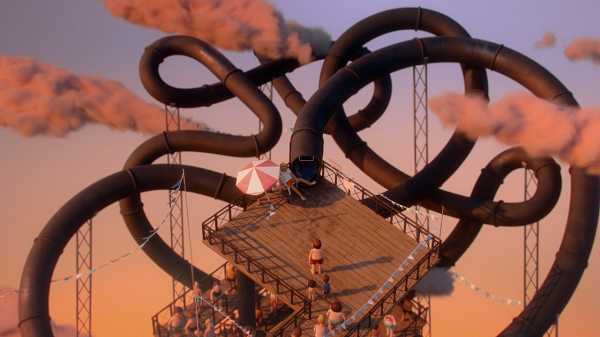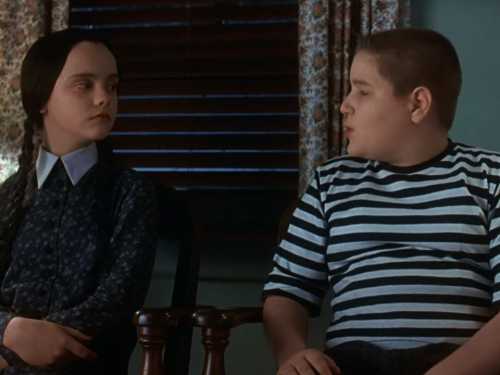
The influence of Lotan’s time at Pixar is apparent, with bright color palettes, changes in lighting that reflect shifts in emotional tone, and a detailed treatment of water that calls to mind one of his favorite films from childhood, “Finding Nemo.”
The smell of chlorine can be a kind of Proustian madeleine, bringing on a flood of memories of cannonballs or games of Marco Polo. Much of Uri Lotan’s animated short “Black Slide,” which is short-listed for an Oscar, takes place in a water park, but the memories he relied on in creating it are far from the usual summer fun. Lotan starts off by telling the story of a preadolescent boy struggling to face his fear of being propelled down a waterslide, but the day turns out to include a much more pivotal moment in his young life.
With an aesthetic rooted in stop-motion, “Black Slide” follows Eviah, a young teen-ager living in Israel in the mid-nineties with his family. Goaded by a peer, Eviah hops a fence at the local water park, and the two head for a gargantuan waterslide, a covered tube that launches the rider into a deep pool at its end. The slide looms like a mountain.
Lotan graduated from Ringling College of Art and Design, in Florida, and then went to work for Disney Animation and Pixar. Later, he helped to animate the film “Hotel Transylvania 2.”After returning to Israel, in 2017, he wanted to make something more personal, and partnered with the producer Amit Gicelter on “Black Slide.” The pair spent fourteen months working on computer-generated image production to create the eleven-minute film, drawing on Lotan’s recollections of a day from his youth. The challenge of visually reproducing his childhood home with sparse relics from the time proved to be enjoyable. “We only had a photo or two of the staircase that’s in the film,” he told me. “But I think that was great. There’s something nice about trying to re-create the essence of this home.”
You can see the influence of Lotan’s time at Pixar: bright color palettes with changes in lighting that reflect shifts in emotional tone, and a detailed treatment of water that calls to mind one of Lotan’s favorites from childhood, “Finding Nemo.” “Black Slide” pivots sharply into more serious territory when Eviah, fresh from his recreational rite of passage, gets shattering news about his family. The blend of animation styles—combining the tactility of stop-motion with the whimsy of C.G.I.—manages to capture the moods of both parts of the day.
“In some stop-motion films, the facial expressions of the characters are a bit more void of personality. And I think that actually gives you a lot of room to project yourself on the character,” Lotan said. He wanted Eviah and the others to be relatable, and for their appearance to match the gravity of the film’s content. “We really tried to make sure they don’t feel too cute,” he said.
The film offers transcendence in the moments when Eviah lets go of his fear of the slide. In the murkiness of the tunnel, he can’t see what’s coming, and the pricks of light seem almost mystical. Although water parks may be a relatively new phenomenon, the film’s central message is a timeless one, about the need for courage in the face of change.
Sourse: newyorker.com






